Every couple of years, Nvidia releases a groundbreaking graphics card that redefines PC gaming. The Nvidia GeForce RTX 5090 is the latest in this lineage, introducing a new generation of performance in a unique way. While the performance increase over the RTX 4090 might not be as dramatic as expected in traditional rendering, the real leap comes with Nvidia's next-generation DLSS technology. This advancement in upscaling and frame generation offers significant improvements in both image quality and performance, often surpassing the typical gains seen in new graphics card generations.
The extent to which the RTX 5090 enhances your gaming experience depends on several factors: the games you play, the resolution at which you play them, and your comfort level with AI-generated frames. For those not using a 4K monitor with a 240Hz refresh rate, the upgrade may not be as compelling. However, if you're equipped with a high-end display, the AI-generated frames can feel like a glimpse into the future of gaming.
Nvidia GeForce RTX 5090 – Photos

 5 Images
5 Images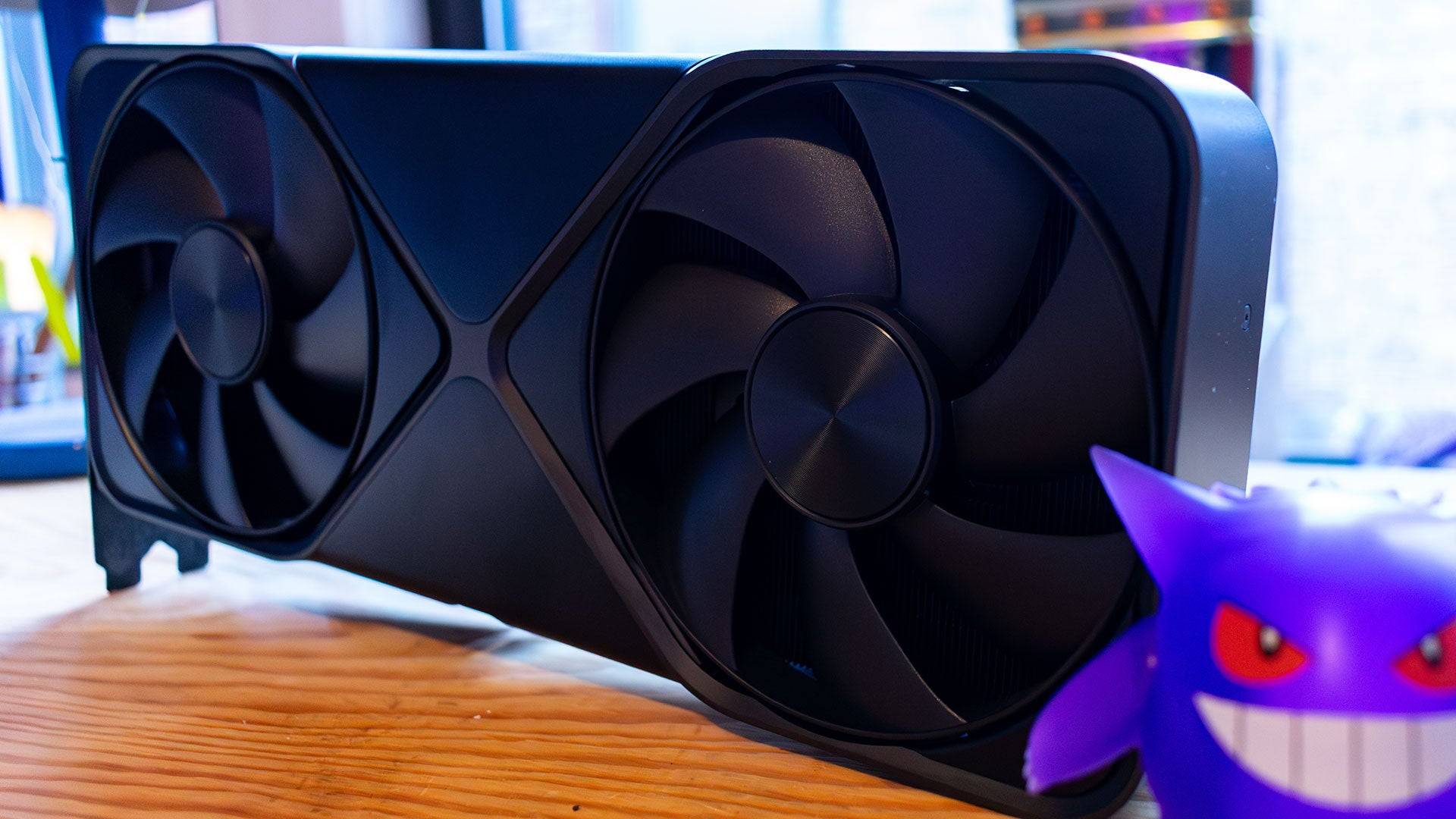


RTX 5090 – Specs and Features
The Nvidia GeForce RTX 5090 leverages Nvidia's Blackwell architecture, which powers advanced AI models in data centers and supercomputers. This card boasts a significant increase in hardware, featuring more Streaming Multiprocessors (SMs) and Graphics Processing Clusters (GPCs), resulting in 21,760 CUDA cores—a 32% increase from the RTX 4090's 16,384. This upgrade significantly boosts raw gaming performance.
Each SM includes four Tensor Cores and one RT Core, totaling 680 Tensor Cores and 170 RT cores, up from 512 and 128 in the RTX 4090. The fifth-generation Tensor Cores enhance AI performance, now supporting FP4 operations to reduce VRAM dependency.

The RTX 5090 is equipped with 32GB of GDDR7 VRAM, a step up from the GDDR6X in the RTX 4090, offering improved speed and efficiency. Despite this, the card demands a hefty 575W of power, a substantial increase from the RTX 4090's 450W, highlighting its power-intensive nature.
Nvidia has revamped the DLSS algorithm to run on a Transformer Neural Network (TNN), improving image quality and reducing artifacts like ghosting. Additionally, the introduction of Multi-Frame Generation enhances the efficiency and smoothness of frame generation, significantly boosting frame rates for users with already decent performance.
Purchasing Guide
The Nvidia GeForce RTX 5090 will be available starting January 30, with the Founders Edition priced at $1,999. Third-party models may be priced significantly higher.
The Founders Edition
Despite requiring 575W of power, the RTX 5090 Founders Edition surprisingly fits into a dual-slot chassis with a dual-fan cooling system. This design keeps temperatures manageable, peaking at around 86°C, higher than the RTX 4090 but not enough to cause throttling.

The card's design retains Nvidia's signature style, with a silver 'X' on a gunmetal-gray chassis and black heatsinks. It features a new 12V-2x6 power connector, which, while similar to the previous 12VHPWR, is supposedly more efficient. The angled power connector on the card itself simplifies cable management and enhances security.
This compact design allows the RTX 5090 to fit into smaller PC builds, unlike its predecessors. However, third-party versions from manufacturers like Asus and MSI may be larger.
DLSS 4: Fake Frames?
Nvidia claims the RTX 5090 can boost performance by up to 8x, largely due to its advanced frame generation capabilities rather than traditional rendering. DLSS 4 introduces Multi-Frame Generation, leveraging an AI Management Processor (AMP) core to efficiently distribute workload across the GPU.
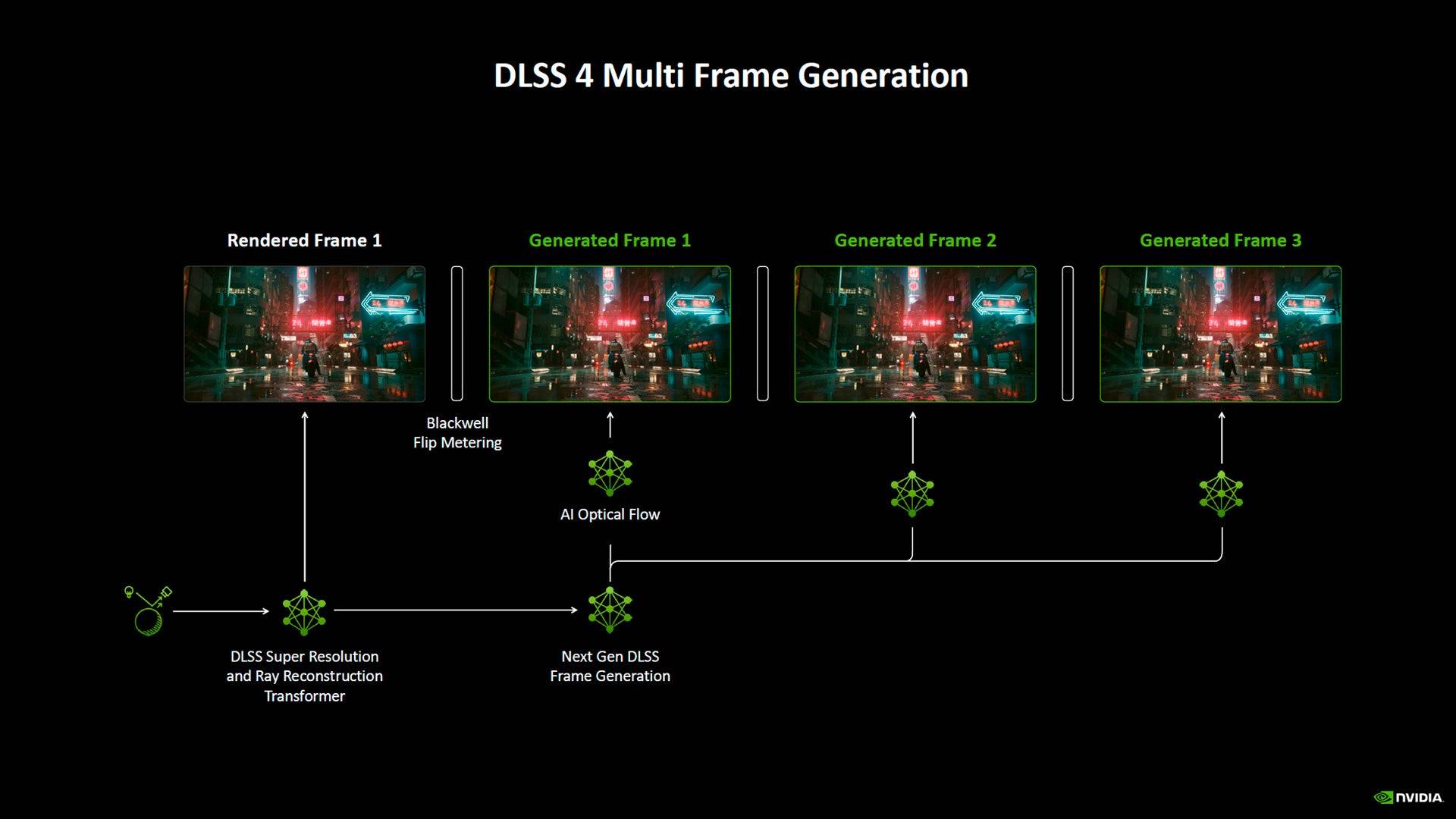
The AMP and fifth-generation Tensor Cores enable a new frame generation model that's 40% faster and requires 30% less memory than its predecessor. This model can generate three AI frames per rendered frame, with Nvidia's Flip Metering algorithm minimizing latency.
While not a universal solution, DLSS 4 significantly enhances performance for users already achieving around 60 fps, particularly when paired with DLSS upscaling. At launch, DLSS 4 will be supported by 75 games, though early testing in Cyberpunk 2077 and Star Wars Outlaws showed promising results.

In Cyberpunk 2077 at 4K with the Ray Tracing Overdrive Preset and DLSS on Performance mode, the RTX 5090 achieved 94 fps, jumping to 286 fps with 4x frame generation. Similarly, in Star Wars Outlaws at 4K with max settings, frame rates reached up to 300 fps with DLSS 4 enabled. These results indicate that Multi-Frame Generation can deliver substantial performance gains, though it requires a high-end 4K display to fully benefit.
RTX 5090 – Performance
The RTX 5090 demonstrates a significant generational improvement in 3DMark benchmarks, with up to a 42% increase over the RTX 4090. However, real-world gaming performance varies, often limited by CPU bottlenecks, even with a high-end CPU like the Ryzen 7 9800X3D.
In Call of Duty Black Ops 6 at 4K Extreme settings with DLSS on Performance, the RTX 5090 achieved 161 fps, only a 10% increase over the RTX 4090's 146 fps. Similarly, in Cyberpunk 2077 at 4K with Ray Tracing Ultra and DLSS on Performance, the RTX 5090 managed 125 fps compared to the RTX 4090's 112 fps, again showing just a 10% increase.
Metro Exodus: Enhanced Edition at 4K with the Extreme preset saw the RTX 5090 hit 95 fps, a 25% improvement over the RTX 4090's 76 fps. Red Dead Redemption 2 at 4K with max settings and DLSS on Performance mode yielded 167 fps for the RTX 5090, a modest 6% uplift over the RTX 4090's 151 fps.
Nvidia GeForce RTX 5090 – Benchmarks
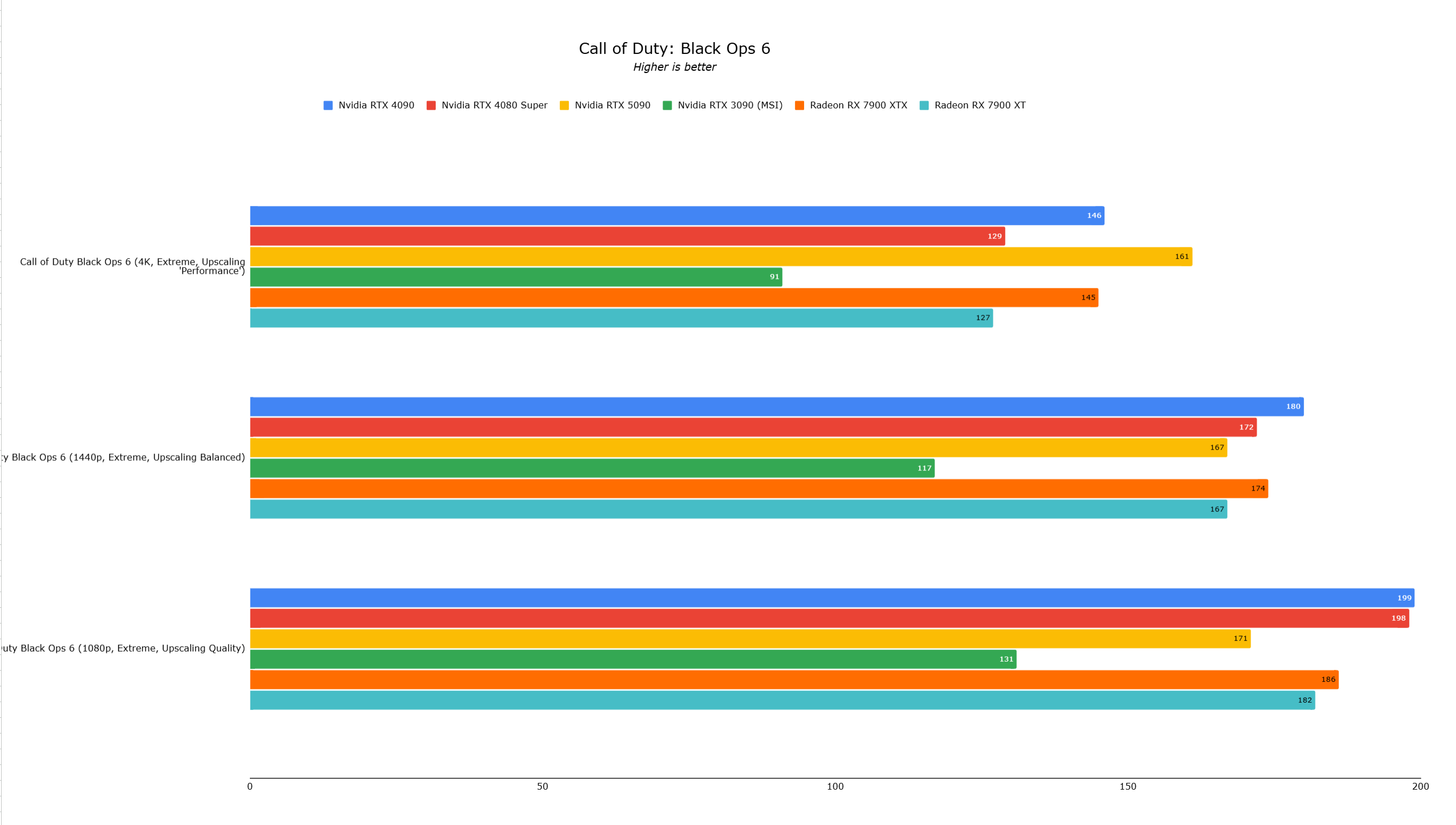
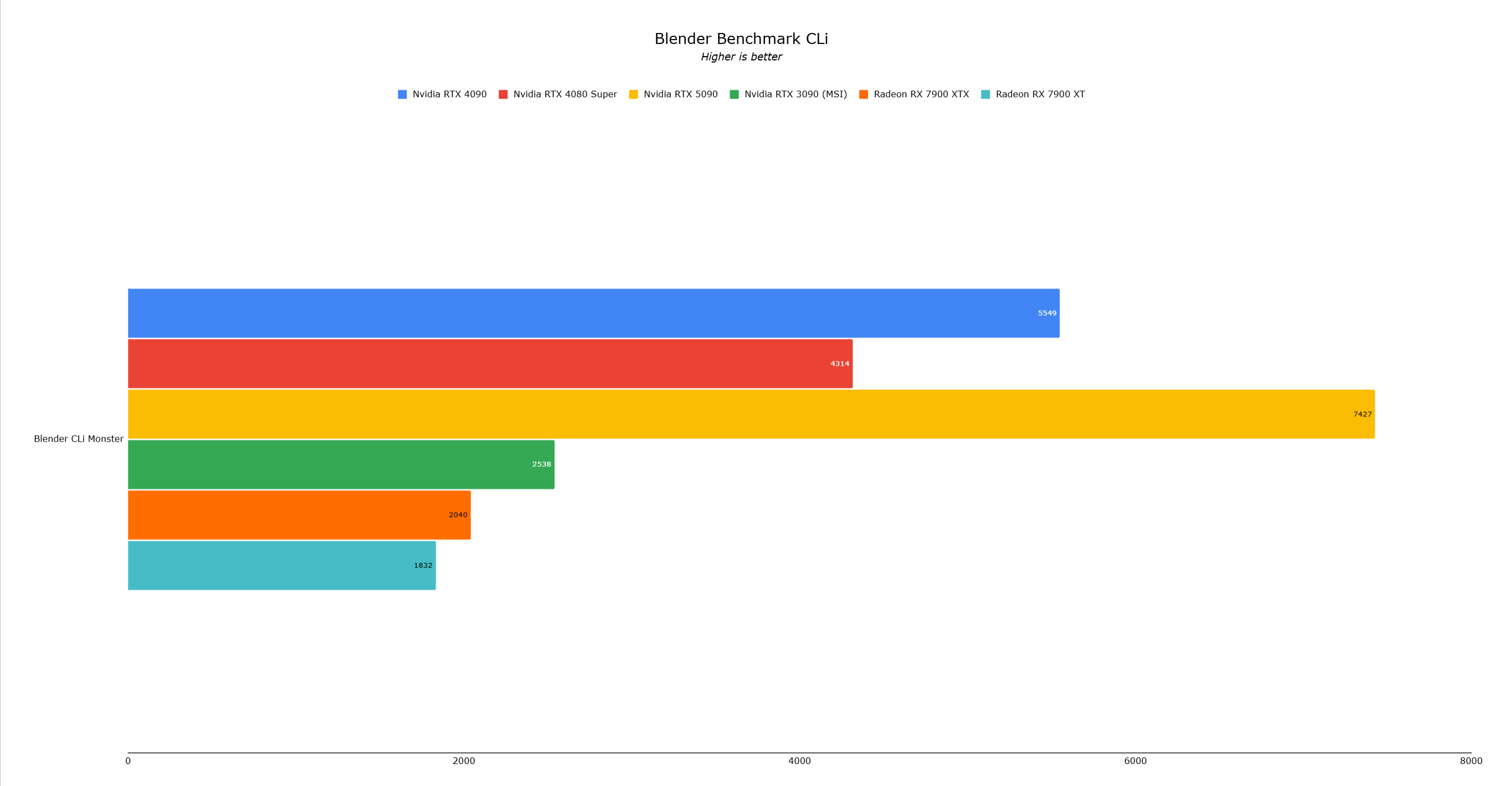 14 Images
14 Images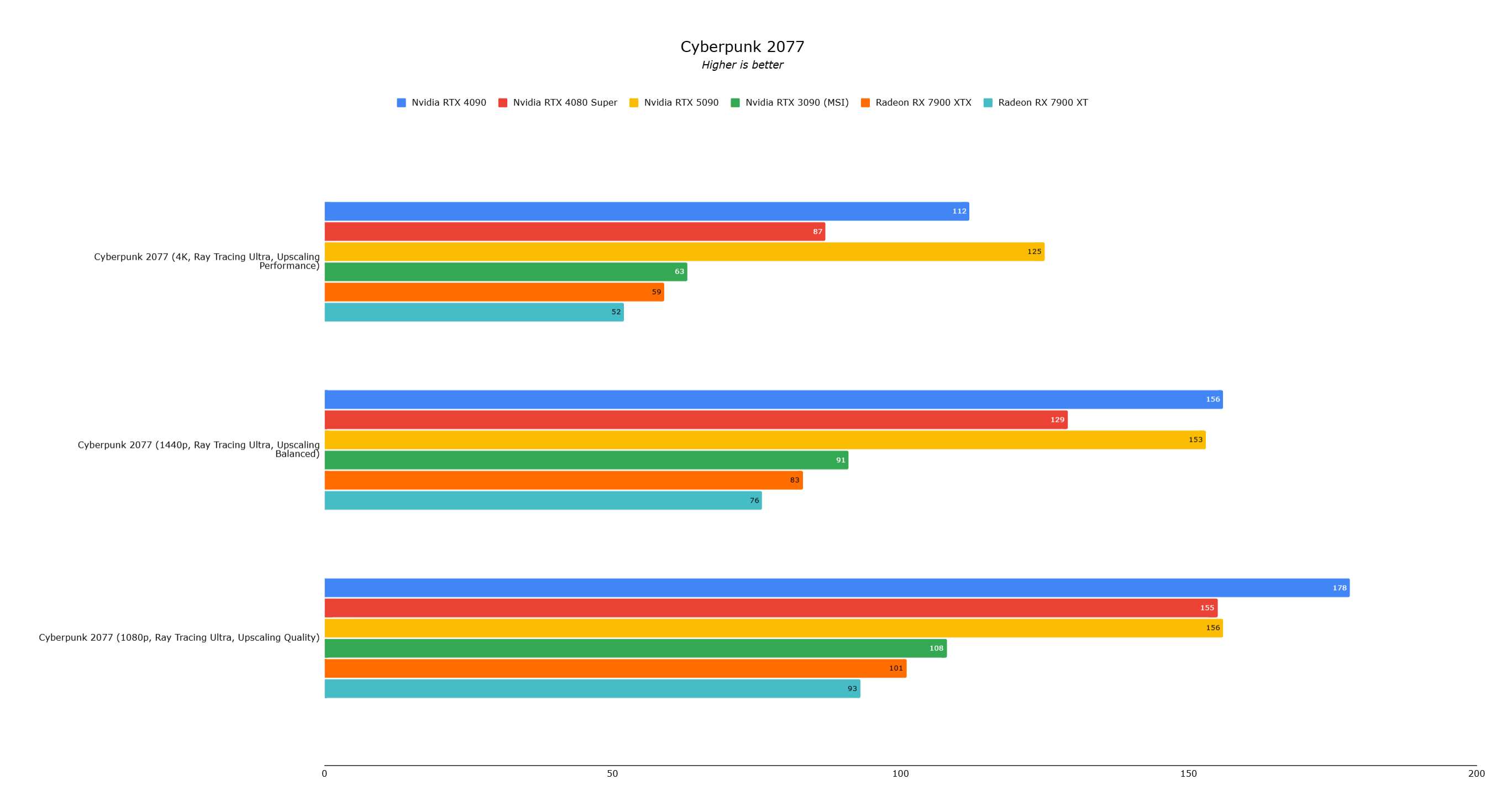

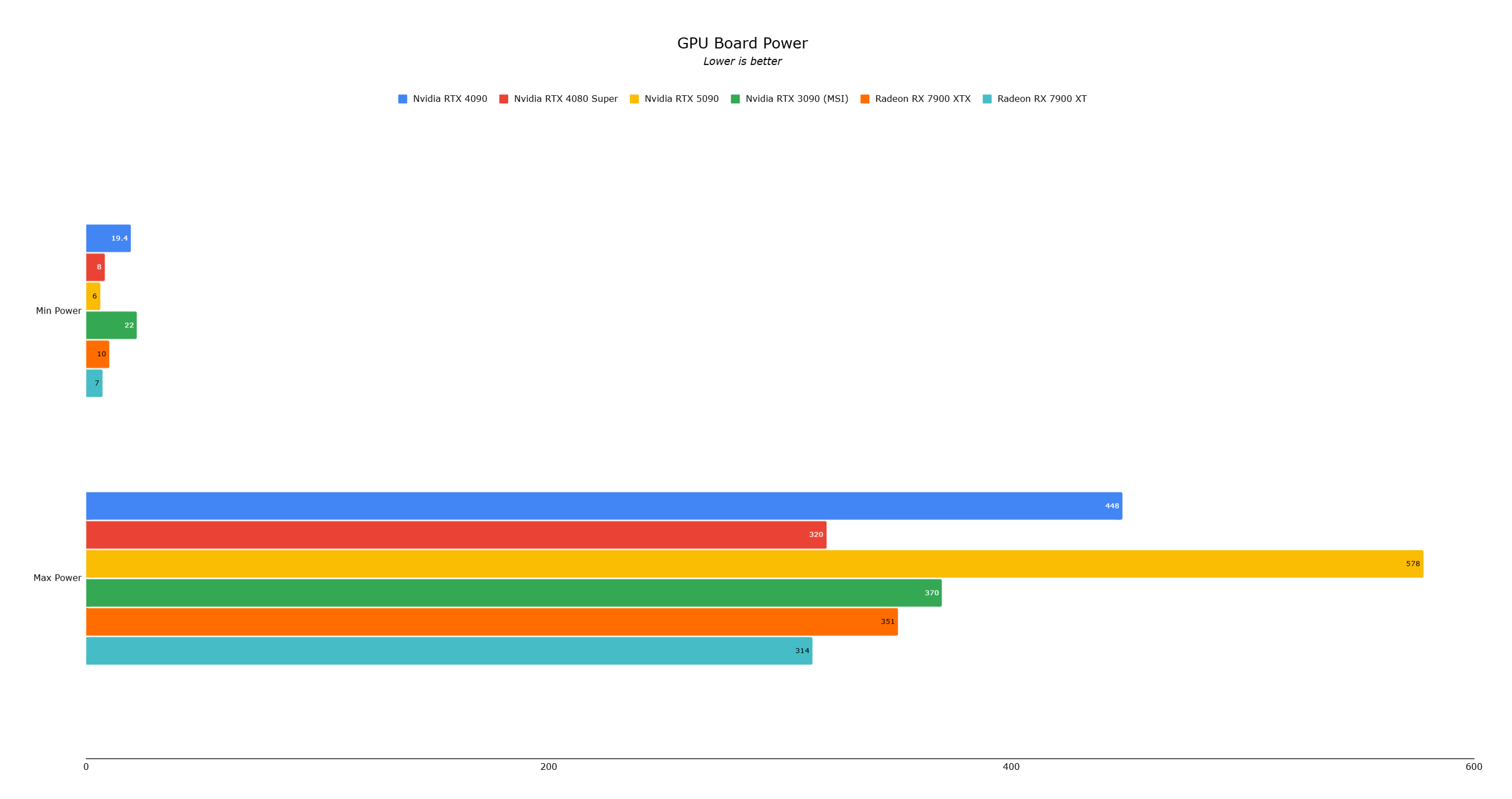
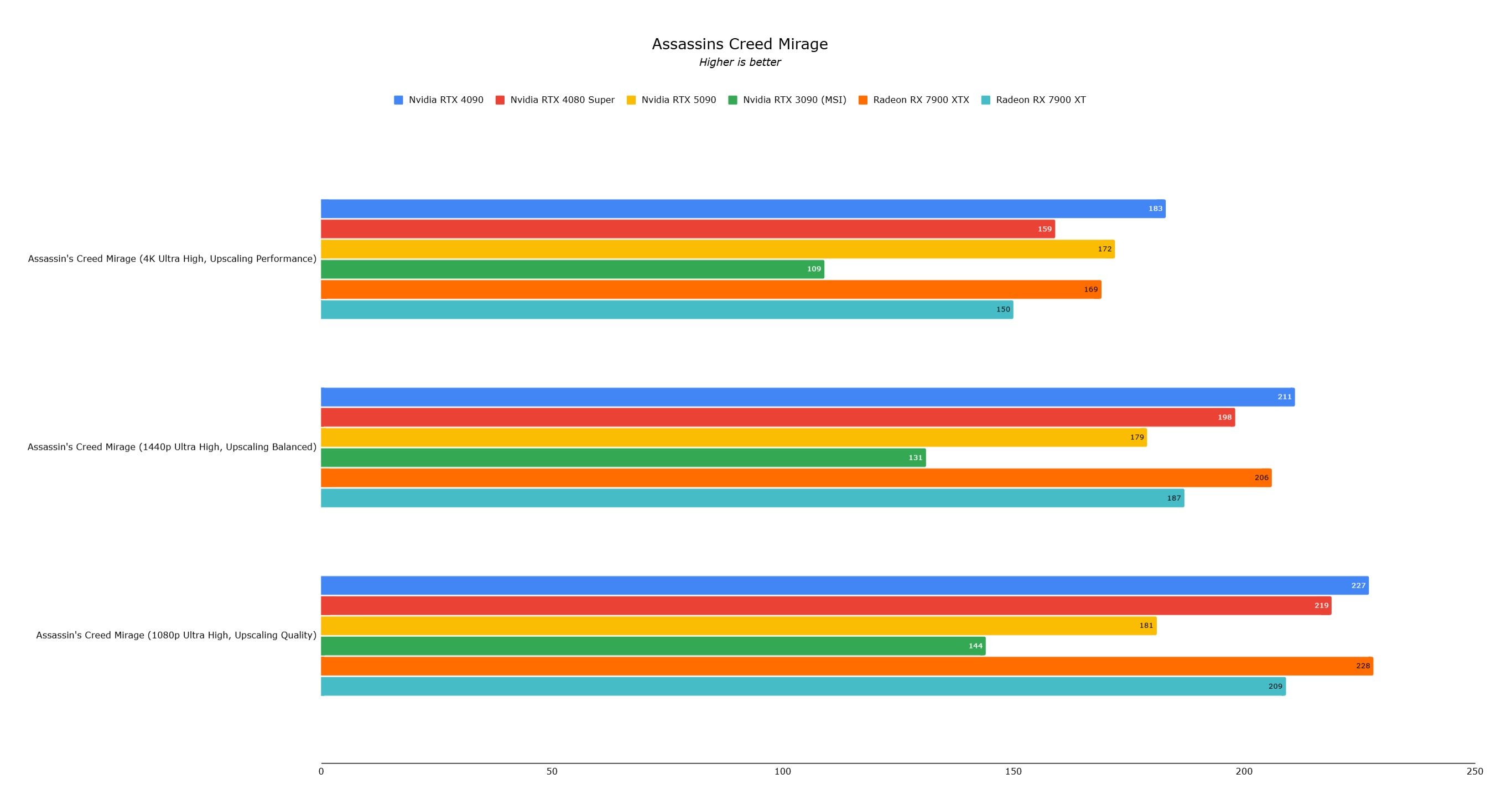
Total War: Warhammer 3, without ray tracing or upscaling, showcased the RTX 5090's raw rasterization performance with 147 fps, a 35% increase over the RTX 4090's 107 fps. However, Assassin's Creed Mirage presented an anomaly, with the RTX 5090 underperforming at 172 fps compared to the RTX 4090's 183 fps, likely due to a driver issue.
Black Myth: Wukong at 4K with the Cinematic Preset and DLSS at 40% saw the RTX 5090 achieve 104 fps, a 20% improvement over the RTX 4090's 84 fps. Forza Horizon 5 showed minimal difference between the RTX 5090 and RTX 4090, with 216 fps and 210 fps respectively, indicating a CPU bottleneck.
While the RTX 5090 is the fastest consumer graphics card currently available, its performance in many current games doesn't fully justify an upgrade from the RTX 4090. However, its advanced AI capabilities with DLSS 4 position it as a forward-looking investment for gamers eager to embrace the future of AI-powered gaming. For those not ready to spend $1,999 on cutting-edge technology, the RTX 4090 remains a powerful choice for the foreseeable future.








